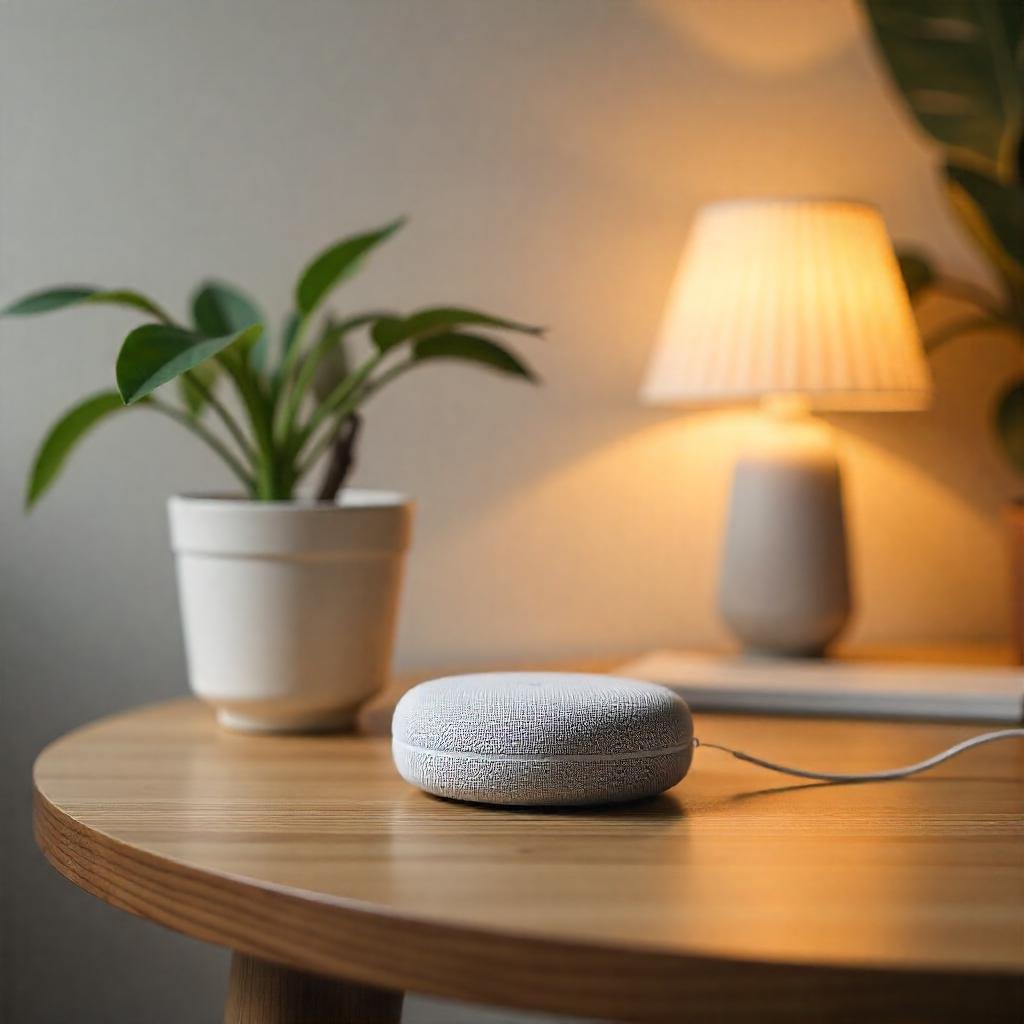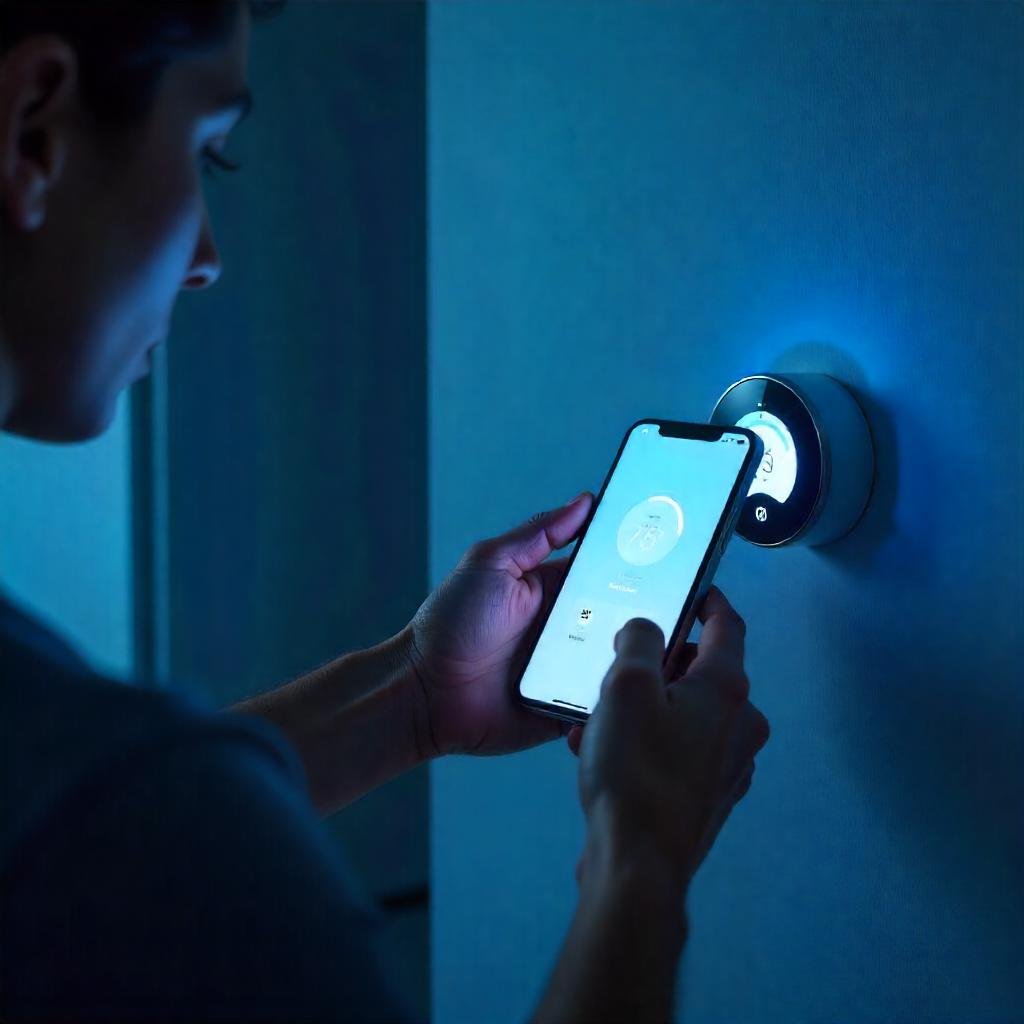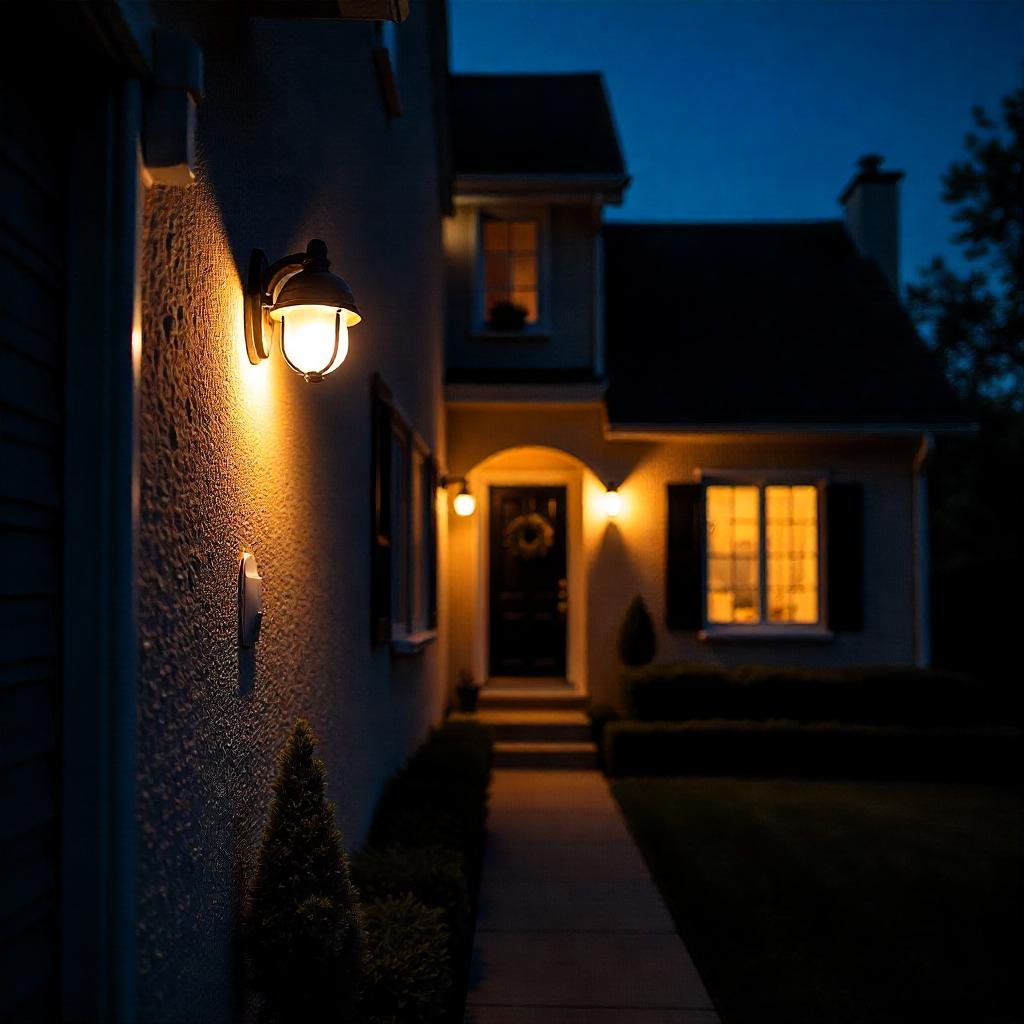Creating a connected home in 2025 is more accessible and exciting than ever. With the right devices and a clear plan, you can transform your living space into an efficient, secure, and automated hub. This beginner’s guide will walk you through the essentials of building a smart home, from selecting devices to optimizing your setup, ensuring a seamless experience.
Why Build a Smart Home in 2025?
A connected home simplifies tasks, enhances security, and improves energy efficiency. Per a 2024 Statista report, over 60% of U.S. households use at least one smart device, with adoption surging. A smart home lets you control lighting, heating, and security remotely, saving time and money.
Benefits of a Connected Home:
- Convenience: Automate routines or control devices remotely.
- Energy Savings: Smart thermostats and lights cut utility costs.
- Security: Monitor your home with cameras and smart locks.
- Comfort: Personalize settings via voice assistants.

Step 1: Plan Your Connected Home
Before investing in smart home technology, define your goals. Are you prioritizing security, convenience, or energy savings? Planning helps you choose compatible devices and avoid issues.
Assess Your Needs
Consider your lifestyle:
- Security: Cameras, doorbells, or smart locks.
- Convenience: Voice assistants or smart plugs.
- Energy Efficiency: Thermostats or LED bulbs.
- Entertainment: Smart TVs or speakers.
Set a Budget
Smart devices range from $20 plugs to $500+ security systems. Start with a $100-$200 budget for a hub and a few devices, expanding over time.
Pro Tip: Look for deals on Amazon or Best Buy during sales.

Step 2: Choose the Best Smart Home Devices
Selecting the right devices is crucial for a successful connected home. Here’s a curated list of beginner-friendly options for 2025.
Start with a Smart Hub
A hub like the Amazon Echo or Google Nest Mini connects and controls devices. These voice assistants are affordable ($30-$100) and compatible with most brands.
Essential Devices for Beginners
- Smart Lights: Philips Hue or TP-Link Kasa bulbs ($15-$50) offer customizable lighting.
- Smart Plugs: Wemo Mini or TP-Link Kasa ($10-$25) make appliances smart.
- Smart Thermostat: Ecobee or Nest Thermostat ($100-$250) optimizes heating/cooling.
- Security Camera: Blink Outdoor or Ring Stick Up Cam ($50-$150) for monitoring.
Check Compatibility
Ensure devices work with your hub (Alexa, Google Assistant, or Apple HomeKit). Verify specs on retailer sites like Walmart.

Step 3: Install Your Smart Home Devices
With devices selected, it’s time to set them up. Follow these steps for a smooth process.
Connect Your Hub
- Plug in your hub (e.g., Amazon Echo).
- Download the app (Alexa or Google Home).
- Follow prompts to connect to Wi-Fi.
Install Devices
- Smart Lights: Screw in bulbs, add to your hub’s app.
- Smart Plugs: Plug into outlets, connect via app, assign to appliances.
- Thermostats/Cameras: Follow manufacturer instructions for wiring/mounting, link to hub.
Test Your Setup
Use voice commands (e.g., “Alexa, turn on the lights”) or the app to test. Troubleshoot via support pages, like Philips Hue’s help center.
Step 4: Optimize Your Connected Home
Maximize your smart home’s potential with these strategies.
Create Routines
Set automation routines, like “Good Morning,” to turn on lights and start appliances. Apps like Alexa or Google Home simplify this.
Boost Smart Home Security
- Use strong Wi-Fi passwords.
- Enable two-factor authentication on apps.
- Update device firmware regularly.
Expand Gradually
Begin with 2-3 devices, then add smart locks (August, $150-$300) or robot vacuums (iRobot Roomba, $200-$600) as needed.
Real-World Example: Sarah, a busy mom, started with a Google Nest Mini and smart plugs. She later added a Nest Thermostat, saving 15% on energy bills, per her utility reports.
Common Mistakes to Avoid in Your Smart Home Setup
Steer clear of these pitfalls:
- Skipping Compatibility Checks: Incompatible devices cause connectivity issues.
- Overloading Wi-Fi: Too many devices slow your network. Consider a mesh router.
- Ignoring Updates: Outdated firmware risks security or glitches.
Pro Tip: Explore CNET’s smart home guides for troubleshooting and reviews.
Conclusion: Begin Your Connected Home Journey
Building a smart home is a rewarding way to modernize your space. By planning, choosing compatible devices, and optimizing your setup, you’ll create a convenient, secure, and efficient home. Start small, experiment with routines, and expand gradually—your ideal connected home is within reach!
Call to Action: Share your smart home tips in the comments or visit TechRadar for more guides.